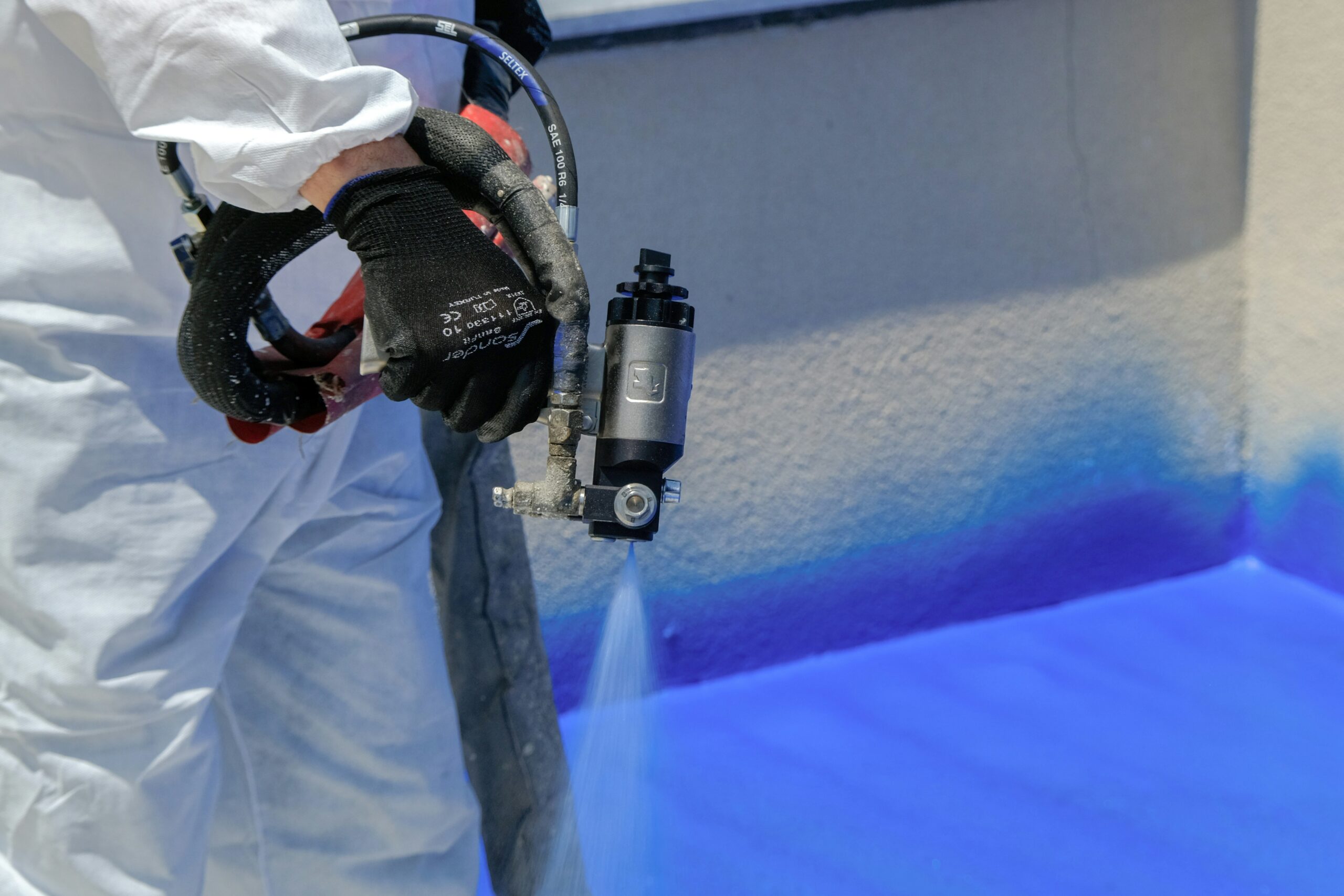If you’re shopping for a new home in Texas, chances are you’ll hear builders boast about spray foam insulation (SPF). They’ll call it “state-of-the-art,” “high-efficiency,” or “the future of insulation.” On paper, it sounds great: high R-values, lower utility bills, and a tightly sealed home that meets modern energy codes.
But here’s what most builders won’t tell you: spray foam insulation is one of the most problematic, litigation-prone materials used in Texas homebuilding today. It’s not that the foam itself is bad — the danger lies in how easily it can be installed wrong, and in Texas, there’s no regulation of who installs it. That means buyers are often left holding the bag when things go wrong.
Why Spray Foam Is Risky in Homes
Spray foam is not a “set it and forget it” product. It requires perfect conditions during installation: the right temperature, the right chemical mix, the right spray thickness, and the right cure time. If anything is off, the foam can fail — and once it’s sprayed inside your walls or attic, it’s permanent. Unlike fiberglass batts, you can’t just pull it out and replace it.
Common problems include:
- Chemical odors and poor air quality: If the foam doesn’t cure correctly, it can release irritating fumes that make the home unlivable.
- Moisture damage: Closed-cell foam can trap water against roof decking and wall sheathing, causing hidden rot. Open-cell foam can absorb water like a sponge, leading to mold growth.
- Fire safety issues: Building codes require spray foam to be covered with a protective barrier so it won’t ignite in a fire. In tract housing, builders often skip this step to save time and money.
These aren’t cosmetic issues — they affect your health, your safety, and the long-term value of your home.
The Texas Problem: Anyone Can Install It
In Texas, electricians, plumbers, and HVAC contractors must all be licensed. Spray foam installers? No license, no exam, no oversight. Literally anyone who buys a spray rig can call themselves a “professional installer.”
While the building code requires spray foam to be installed according to the manufacturer’s instructions, most city inspectors don’t have the training to check whether that’s happening. The end result is that builders get to advertise “energy-efficient homes” while leaving the risk — and future repair costs — with the homeowner.
What Buyers Should Watch For
If you’re considering a home with spray foam, protect yourself by asking the right questions:
- Who installed it? Get the name of the company and ask whether they’re certified by the foam manufacturer.
- Where are the instructions? The building code requires manufacturer instructions to be available on site. If the builder can’t produce them, that’s a red flag.
- Was it inspected? Ask whether a third-party inspection was done to verify proper installation.
- Is it protected? Look in the attic or garage to see if the foam is covered by a drywall or ignition barrier. If not, it may be a fire code violation.
- What’s in writing? Don’t rely on sales talk. Get documentation showing that the installation complies with both the manufacturer’s instructions and the International Residential Code (IRC).
The Bottom Line
Spray foam insulation is heavily marketed because it helps builders meet energy code requirements cheaply. But in unregulated Texas, it’s often installed incorrectly, and fixing it later usually means tearing out parts of the house.
As a homebuyer, don’t take “energy-efficient” at face value. Ask for proof, demand documentation, and consider hiring an independent inspector who understands spray foam. A little due diligence up front can save you from years of health problems, hidden structural damage, and expensive litigation.






